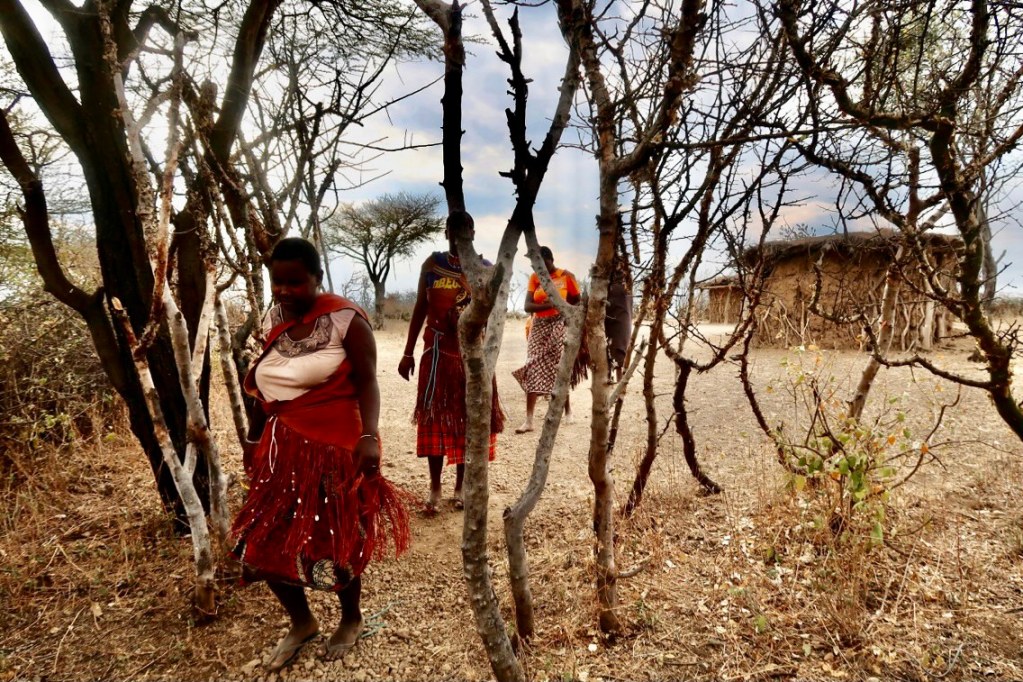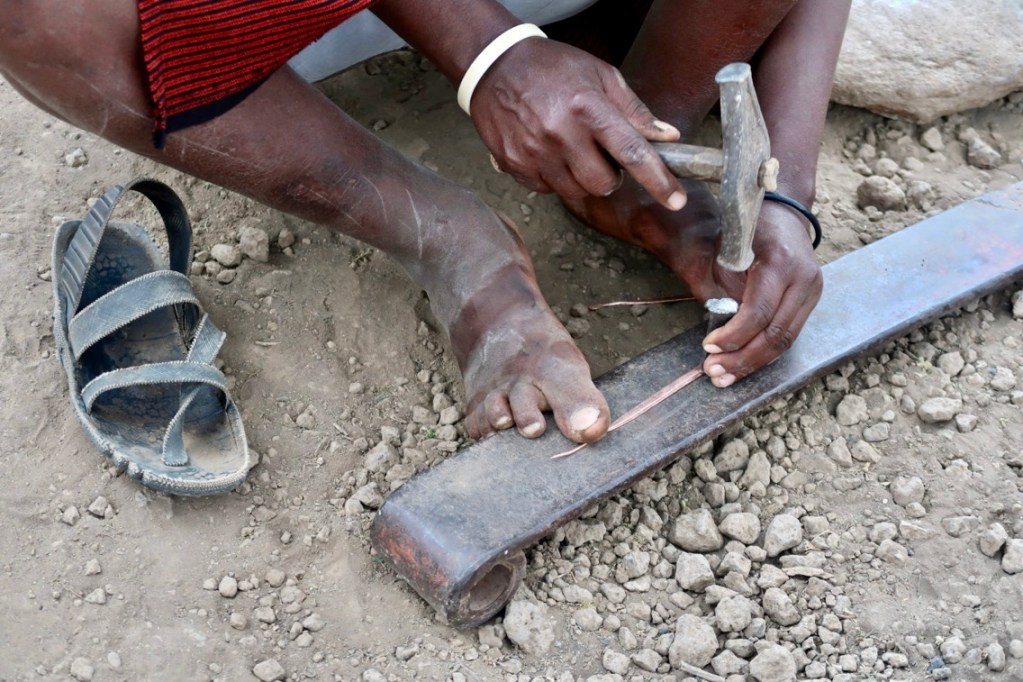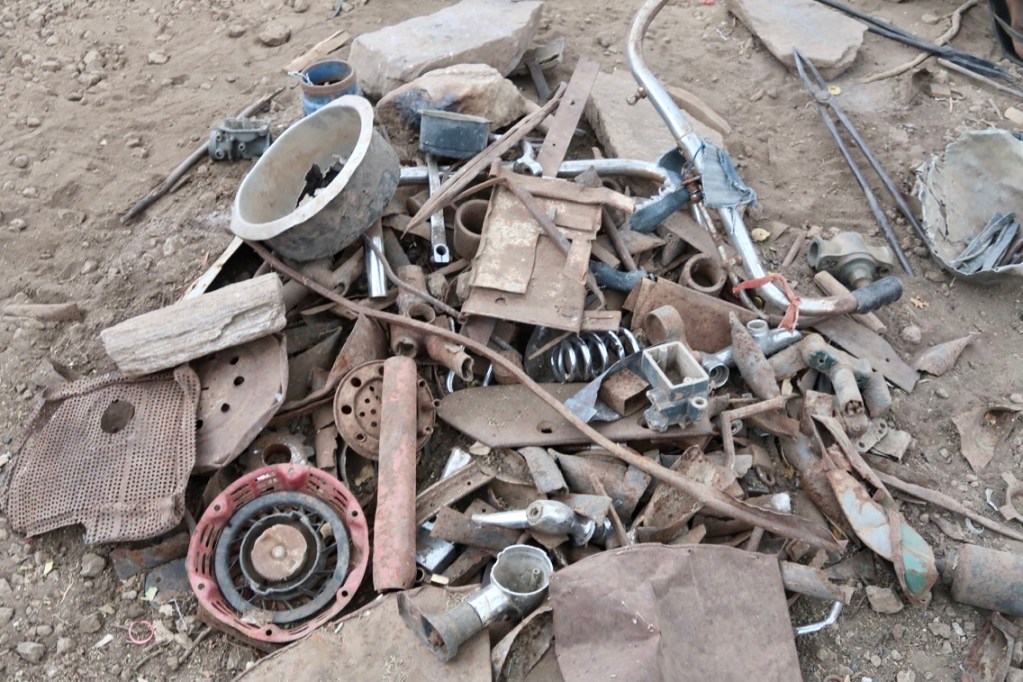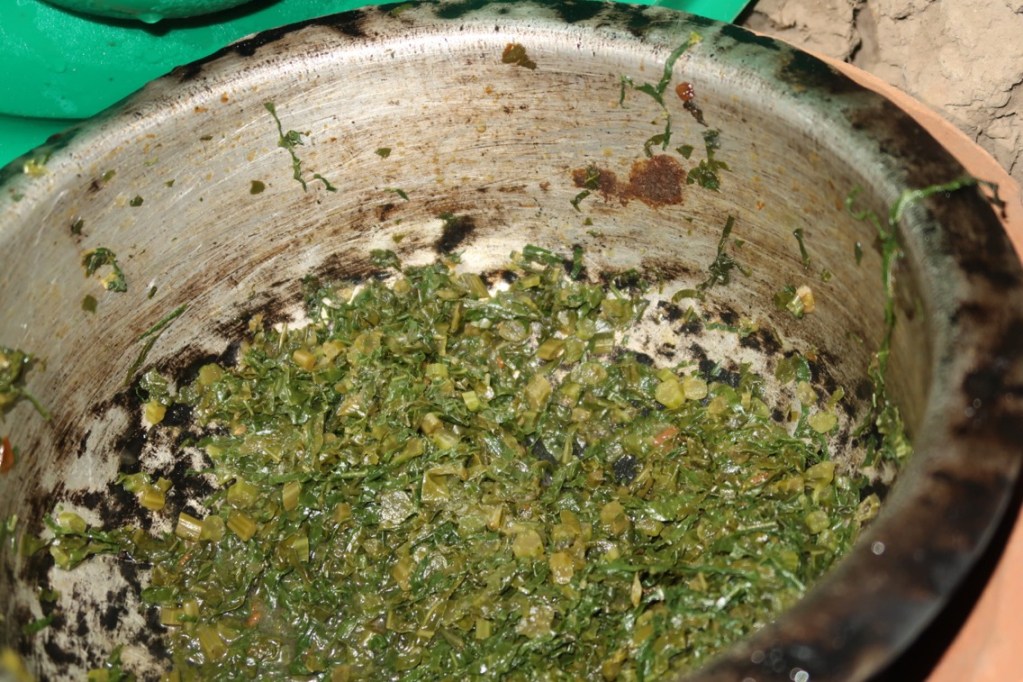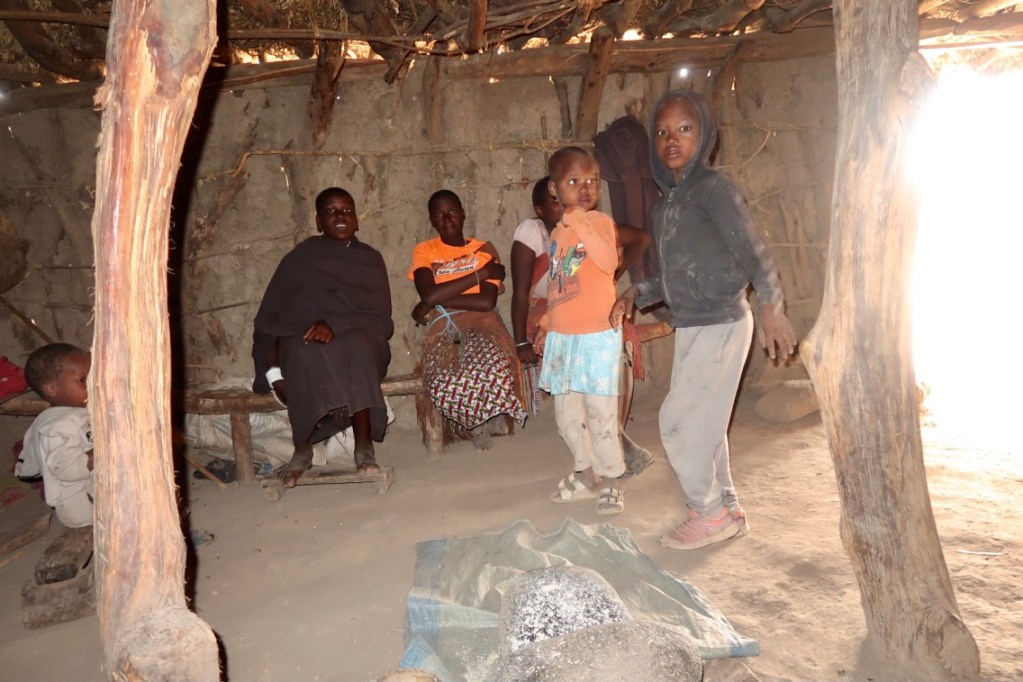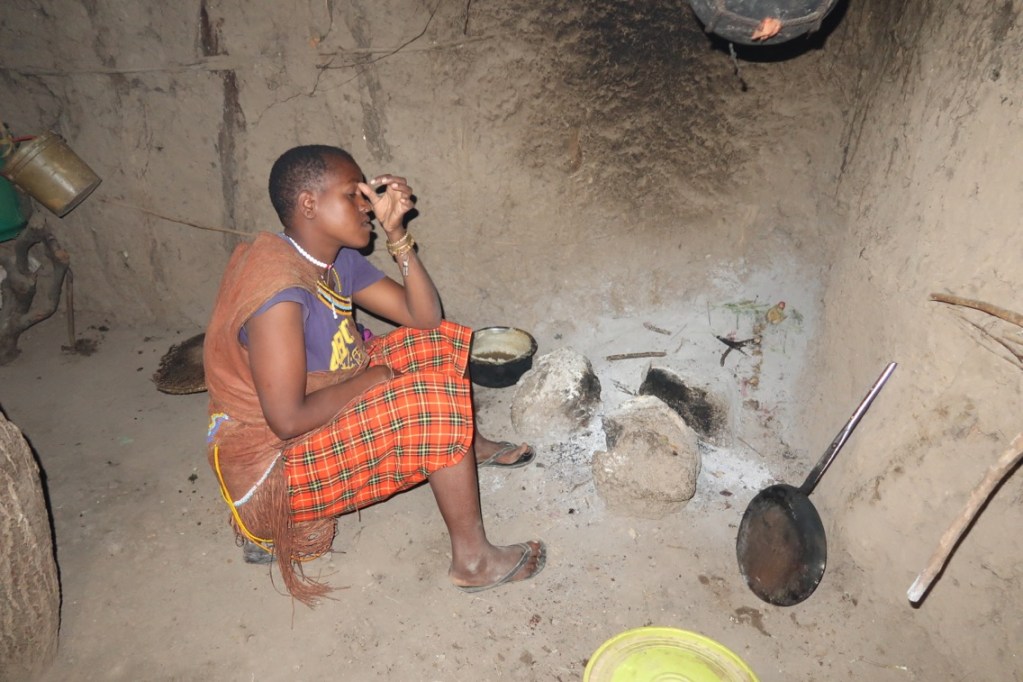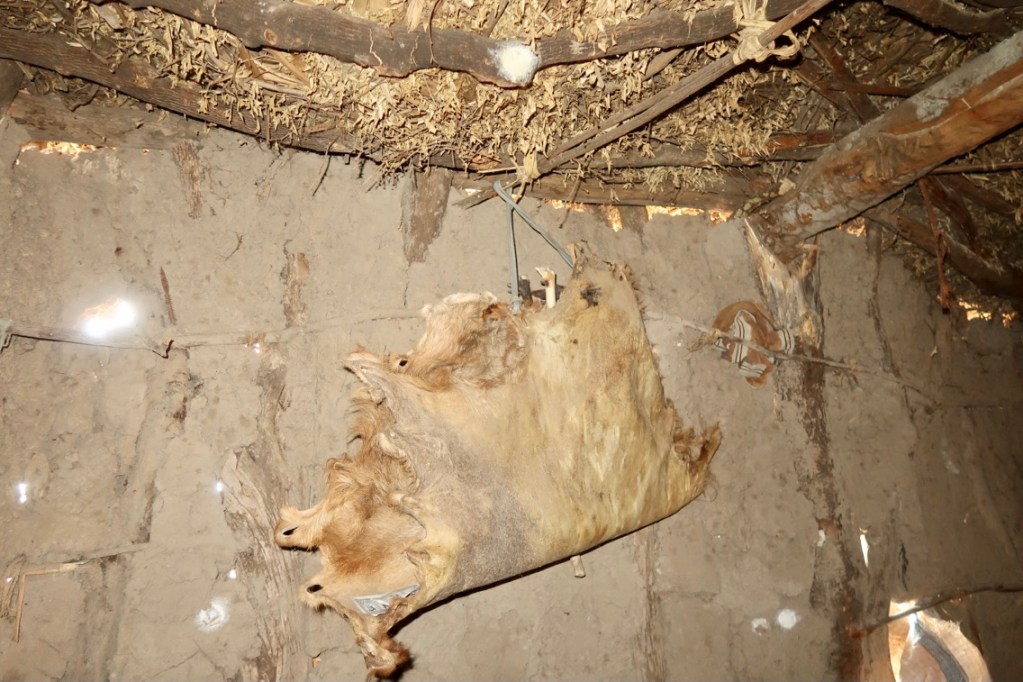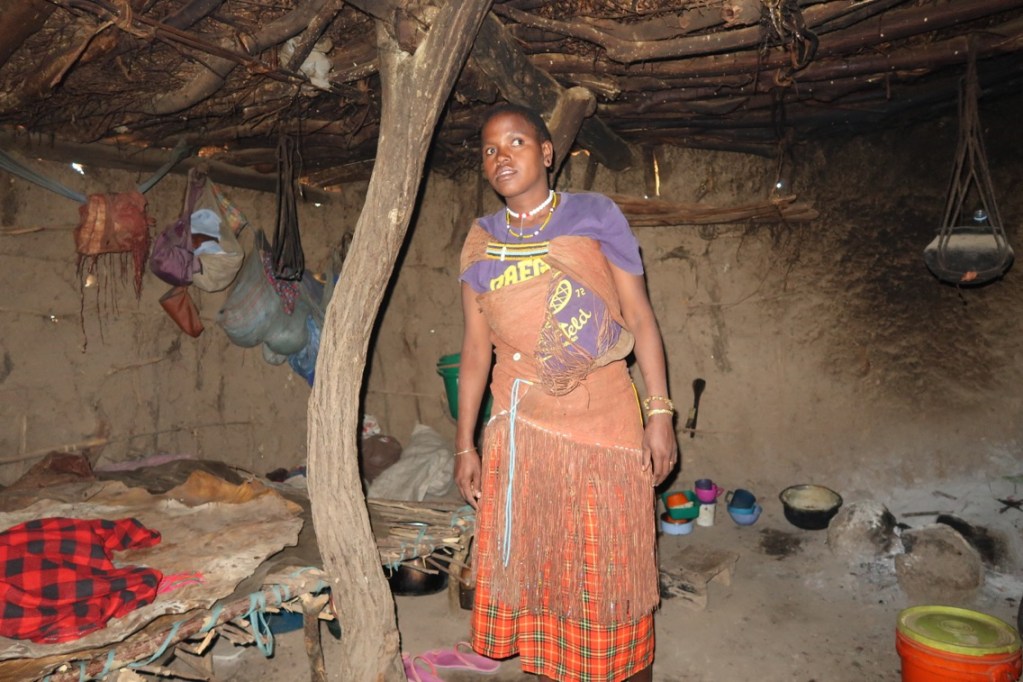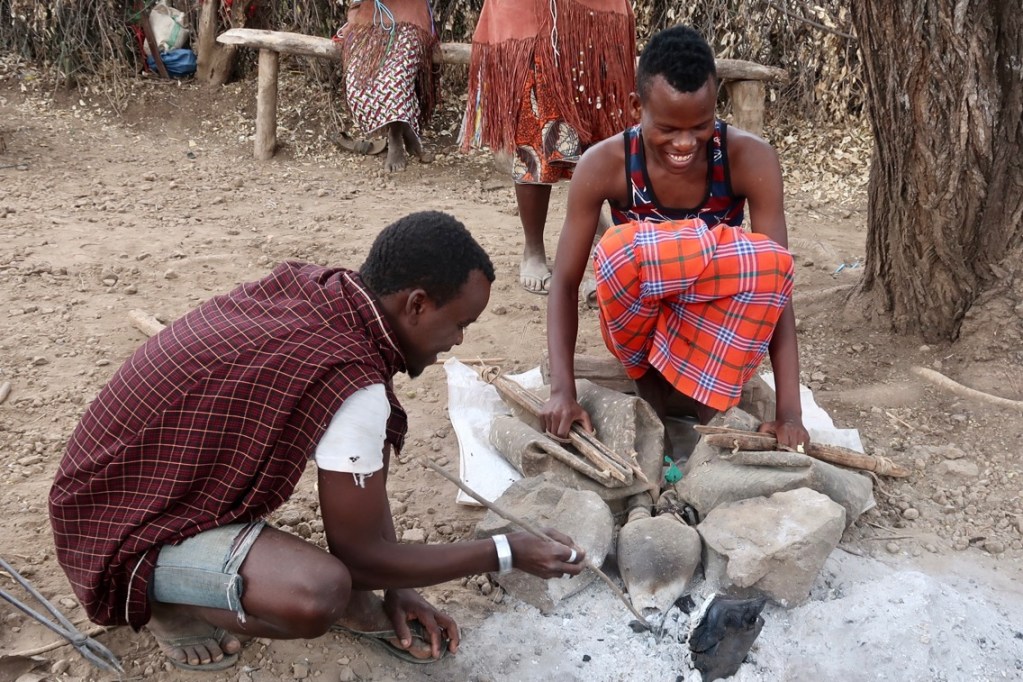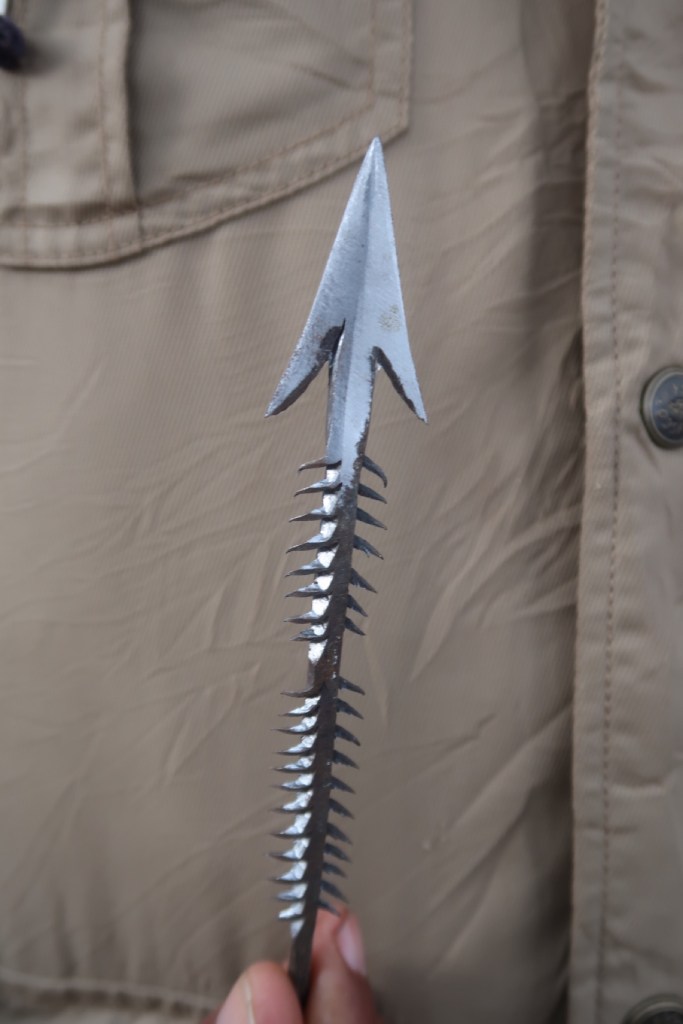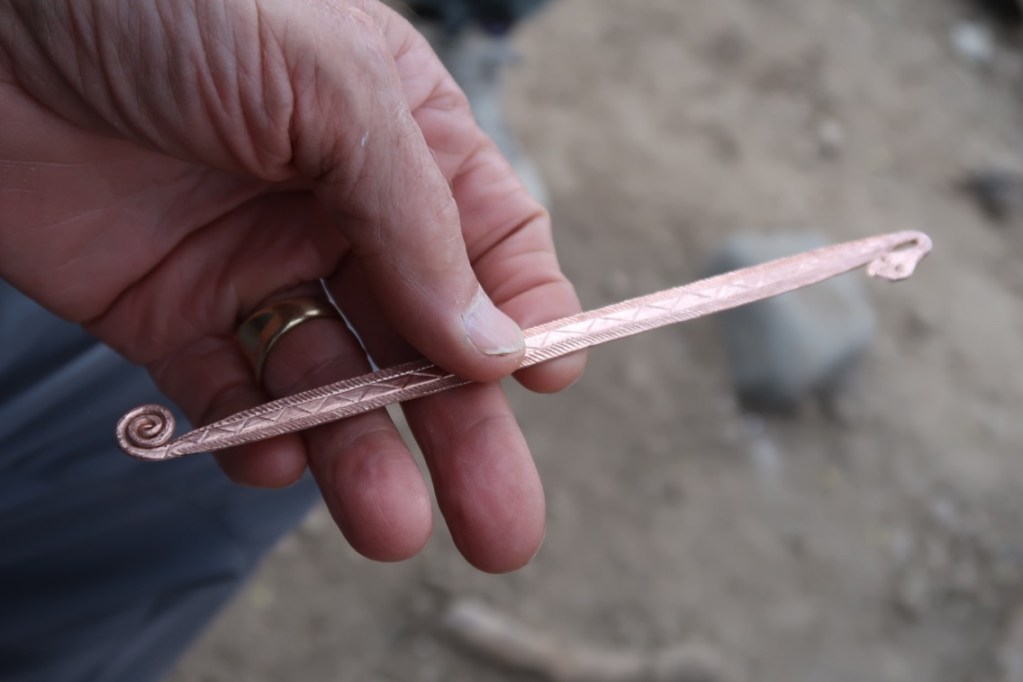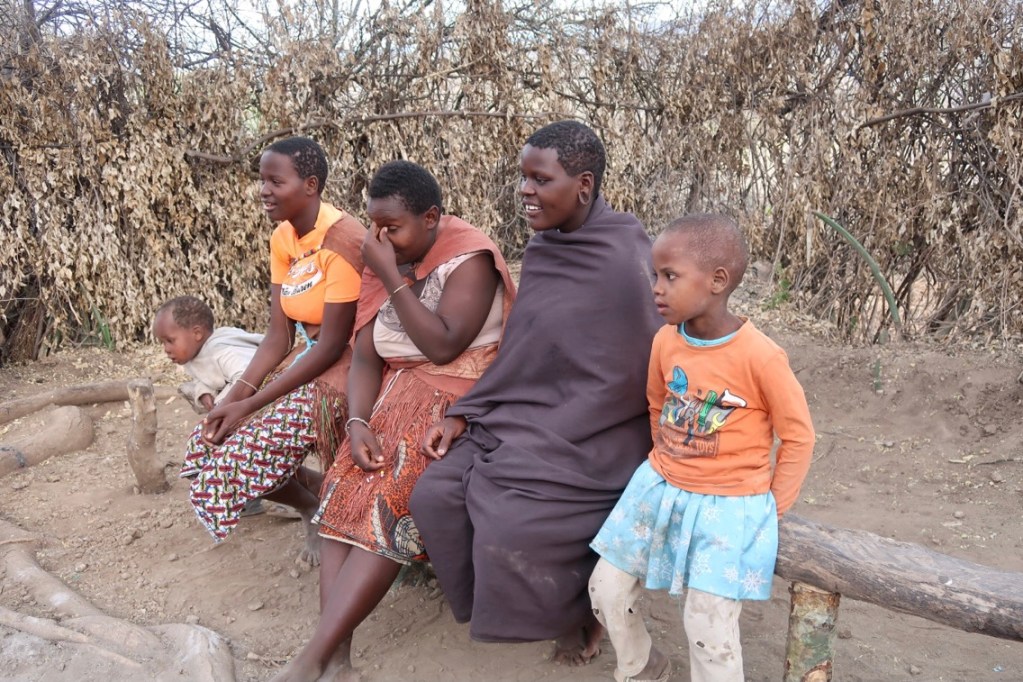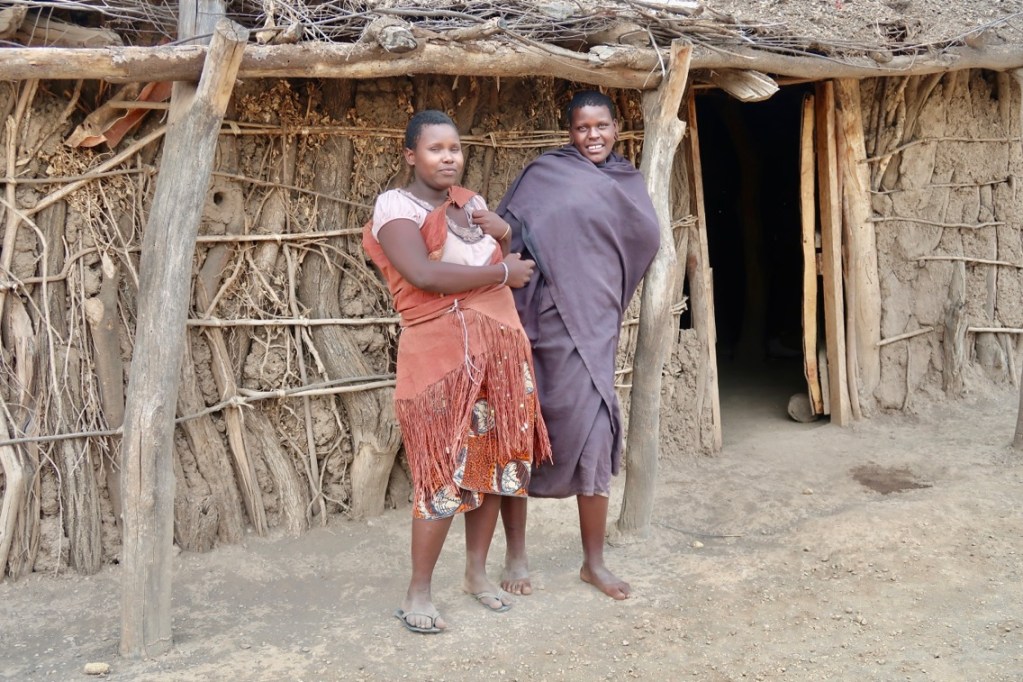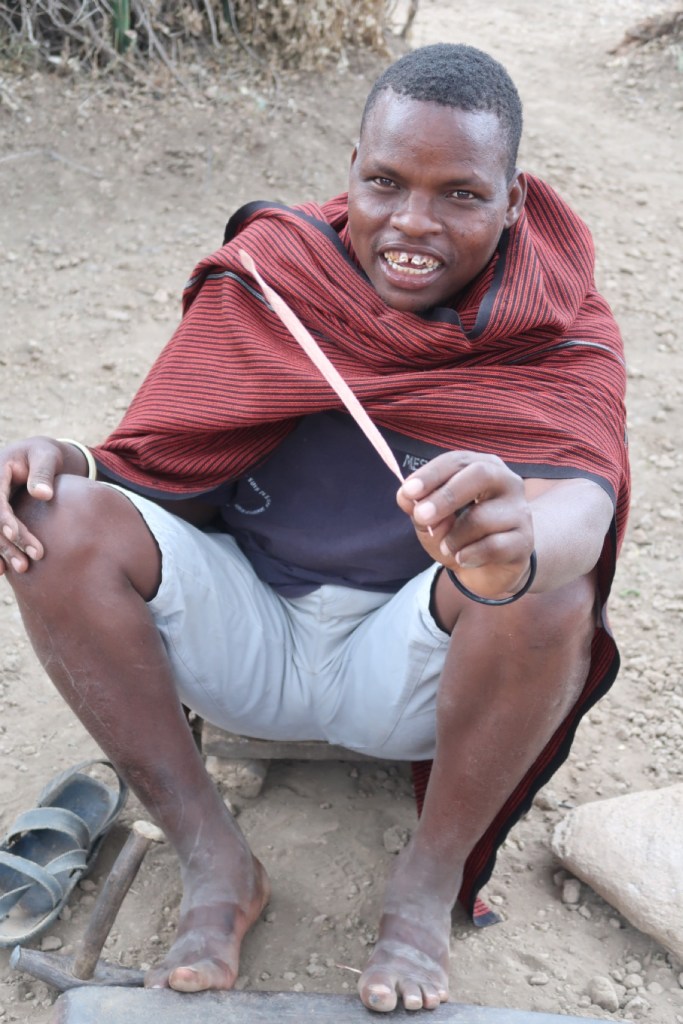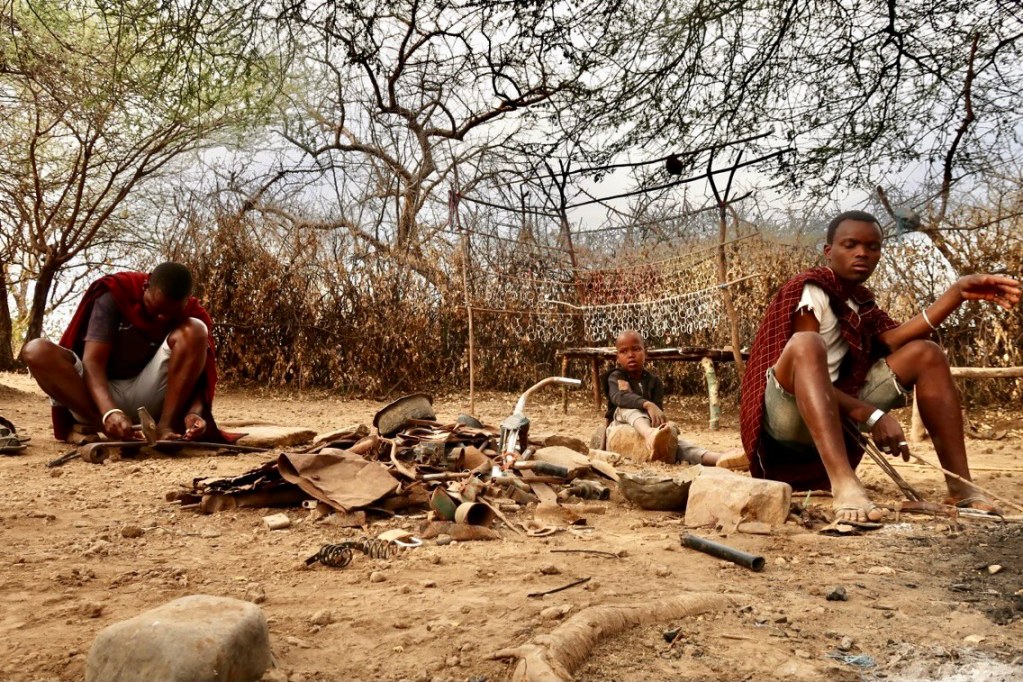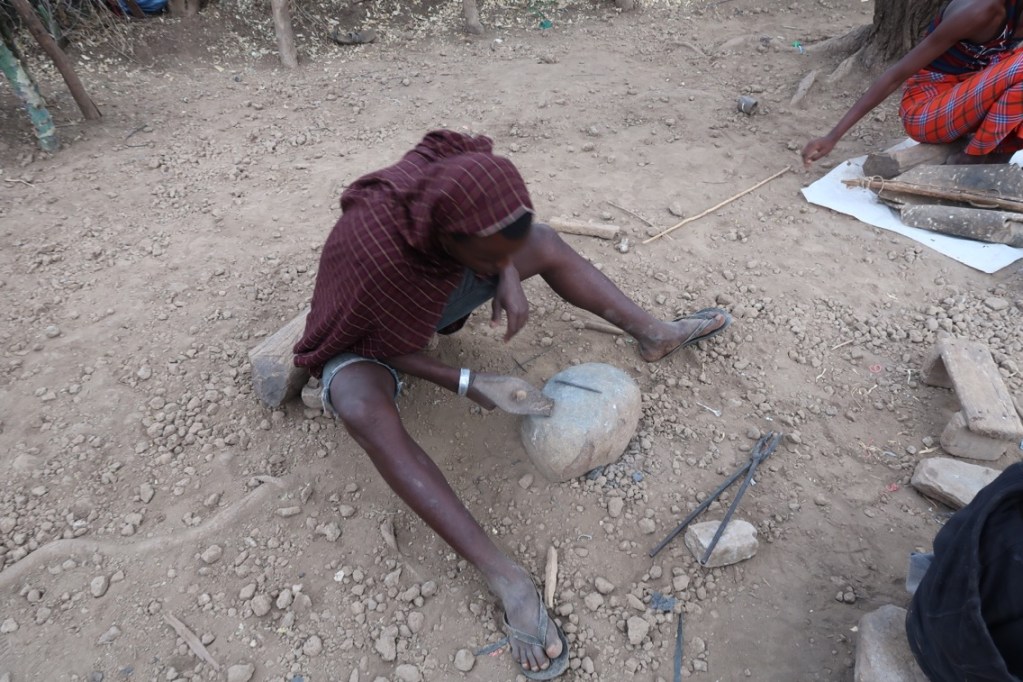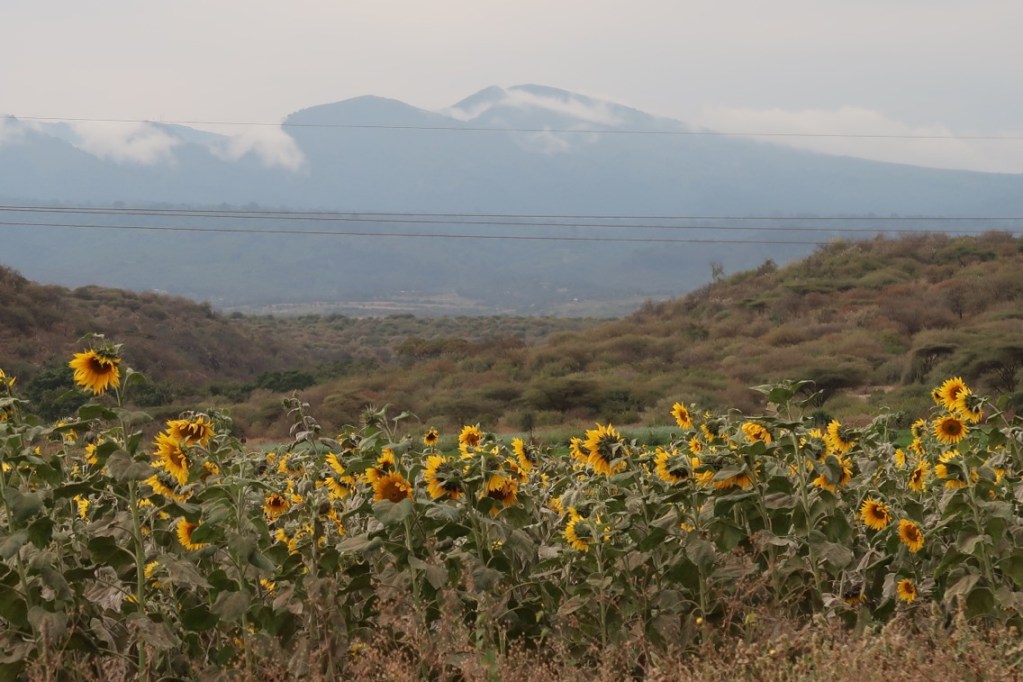The Datoga Tribe, Eyasi Lake, Tanzania
The Datoga Tribe, Eyasi Lake, Tanzania
We entered a Datoga tribal household, set up in a remote and dusty stretch of land.
For a moment, I felt that they were a more modern Maasai village, living in larger and square-shaped mud houses, but the two tribes are very different from one another and speak entirely different languages.
The Maasai speak the Maa language, while the Datoga tribe speak their own Datooga language.
The two tribes however, do have similarities in their ways of life, but they historically have been enemies.
The Datoga are believed to have originated from southern Sudan and from the western Ethiopian highlands, over 3000 years ago.
They migrated to East Africa, where they split into two groups.
One group settled in Kenya, and the other settled in Tanzania.
The Datoga tribal people live in extended private households.
The men are allowed to marry multiple wives without limit.
All the wives live together in the same house, but in different rooms.
There is no jealousy or rivalry between the wives, and they raise the kids communally and as siblings.
As we were told, “they all love each other and work together.”
The price of a wife is 8-10 cows, paid to her family.
Beside growing maize and keeping cows, goats, donkeys and chickens, the Datoga are skilled blacksmiths.
We had heard about their blacksmithing abilities, and their historic ability to melt metal to create both weapons and decorations.
We have seen the sharp arrows that they made when we visited the Hadzabe tribe.
But nothing prepared us for this household’s primitive yet very effective blacksmithing operation.
In the middle of the yard sat the men of the household, the husband, his brother and the boys of the family.
They held rough tools like a metal hammer, metal moulds to melt the metal on an open fire, and some big stones on which they hammered the metal into shapes.
Near them was a pile of scrap metal that they were using as their raw material.
We saw bicycle handlebars, some rusted coils of an old mattress, rusty nails and bits of copper piping, among other pieces of unidentifiable rusted metal that you would not pick up in any metal yard.
But the men did not seem limited by their limited supply of rusted metal.
Their metal work, although crude, was imbued with the confidence and skill of thousands of years.
One young man picked up a rusted four inch nail, and within minutes had beaten it and shaped it into a very sharp and deadly arrowhead with rivets.
The men demonstrated how they can melt the metal on an open fire and pour it into moulds they had shaped to create very nice bracelets.
The Datoga people tattoo markings on their faces, around their eyes.
The Datoga women have pierced earlobes which are stretched, and they also have markings which can be circular in shape.
These markings around the eyes and on the foreheads are made deep in the skin, as a way of identifying someone from the same family.
The men and women have markings on their shoulders and on their cheeks, which are carved deep into the skin to make the markings more visible.
The main house has a big open living space, where the women grind the maize.
I was invited to grind the maize into powder.
I crouched on my knees and rolled the stone over the corn kernels.
The women were singing as I was grinding the corn.
Their sweet voices sang songs of encouragement, calling for rain and reminding me to: “Work hard for our food, may it rain for a good harvest, work hard in order to eat, work hard for our food!”
Ugali is a thick corn porridge that they make from the powdery corn flour.
Ugali is a hard porridge, that is eaten with cooked greens.
The main living area was decorated with gourds, which they use for water and to brew their homemade corn alcohol.
Wooden benches run around the walls of the big room.
Off the main room there are small rooms for each wife.
A baby was sleeping in one of the rooms, but we were invited to see the room inside.
The bed was made of acacia wood, and the branches of the wood were covered with bare animal skins on them.
The baby slept as if it were resting on soft, fluffy goose feathers.
Like the Hadzabe, the Datoga are animists believing in the gods of the elements.
The Datoga women dress in similar woven fabrics as the Maasai people.
The Datoga women wear jewelry that is made of metal, versus the beaded jewelry that the Maasai women and men wear.
The Datoga are more industrious than most tribes.
Beside blacksmithing that every man learns how to do, they also keep livestock such as cattle, goats, sheep and donkeys.
They use the donkeys for transport, and they feed on the meat, milk and blood from their livestock.
They grow crops such as maize, beans and millet, and they also grow onions and greens.
There are around 4000 Datoga people living in the area.
The Datoga marry outside their clans, and their society’s decisions are made by a council of elders who can impose fines and even dispense curses as they see fit.
“Ameias” is “Thank You” in the Datoga language, and we left these gentle people with a sense of gratitude.
Tali
